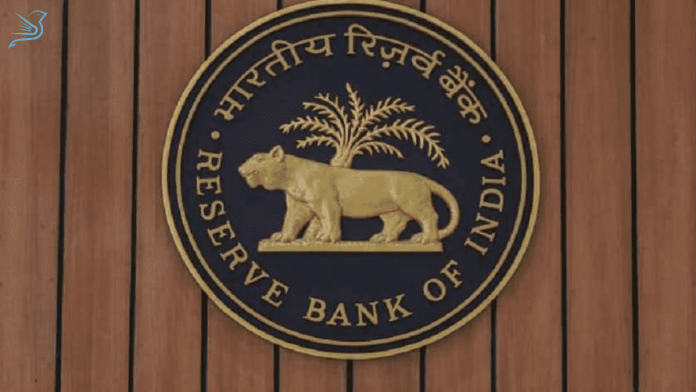Hello People!
Recently, The Reserve Bank of India (RBI) announced the formation of a composite Financial Inclusion Index (FI-Index) to capture the extent of financial inclusion across the country.
We will discuss the financial inclusion index and other key facts related to it.
Let’s start by knowing what financial inclusion is.
Financial inclusion is a method of offering banking and financial services to individuals. Its goal is to provide fundamental financial services to everyone in society, regardless of their income or savings. It focuses on providing financial assistance to those who are economically underprivileged. It aims to ensure that the poor and marginalised make the best use of their money and attain financial education.
Importance of financial inclusion
Financial inclusion increases the availability of economic resources and encourages poor people to save. Effective financial inclusion is required in India to lift the poor and disadvantaged by providing them with modified financial goods and services.
Financial Inclusion Index (FI-Index)
About
The index has been conceptualised as a comprehensive index incorporating details of banking, investments, insurance, postal as well as the pension sector in consultation with the government and respective sectoral regulators.
It will be released every year in July.
Range
In a single number ranging from 0 to 100, the index captures information on several dimensions of financial inclusion.
The number 0 denotes complete financial exclusion, while 100 denotes complete financial inclusion.
Parameters
The Fl-Index comprises three broad parameters including access (35%), usage (45%) and quality (20%).
The Index is responsive to ease of access, availability and usage of services, and quality of services, comprising all 97 indicators.
The index’s distinguishing feature is the “quality” parameter, which measures the quality of financial inclusion as measured by financial literacy, consumer protection, inequalities, and shortcomings in services.
Value in 2021
The annual FI-Index for the period ending March 2021 is 53.9 as against 43.4 for the period ending March 2017.
Base Year
The FI-Index has been constructed without any ‘base year’ and as such it reflects cumulative efforts of all stakeholders over the years towards financial inclusion.
Challenges
The RBI Governor Shaktikanta Das outlined three major challenges in improving the financial inclusion infrastructure in India. These parameters are the customer identification, reaching the last mile, and providing relevant, affordable and safe products.
Importance of FI Index
It provides data on financial inclusion and measures financial services for use in internal policy development.
It can be used directly in development indicators as a composite metric. It makes it possible to meet the standards of the G20 Financial Inclusion Indicators.
The G20 indicators analyse the state of financial inclusion and digital financial services nationally and globally.
Financial Inclusion Schemes in India
Pradhan Mantri Jan-Dhan Yojana (PMJDY) –
It was first announced in August 2014 and has proven to be a reliable means of financial inclusion.
Almost 43 crore poor people in the country now have a basic bank account as a result of the yojana. Opening of Pradhan Mantri Jan Dhan Yojana accounts has enabled millions to have access to financial services.
Digital Identity (AADHAR) –
The first two difficulties of access and usage have been addressed to a significant extent by digital identity (Aadhaar) and the proliferation of mobile phones with new payment mechanisms.
There are several other financial inclusion schemes in India — Jeevan Suraksha Bandhan Yojana, Pradhan Mantri Vaya Vandana Yojana, Pradhan Mantri Mudra Yojana, Stand Up India scheme, Venture Capital Fund for Scheduled Castes under the social-sector initiatives, Pradhan Mantri Suraksha Bima Yojana (PMSBY), Atal Pension Yojana (APY), Varishtha Pension Bima Yojana (VPBY), Credit Enhancement Guarantee Scheme (CEGS) for scheduled castes, and Sukanya Samriddhi Yojana.
With this we come to the end of this blog. We discussed all the major points related to the FI-Index launched by the Reserve Bank of India and its significance.
Keep Reading on hranker.com for more such updates.




